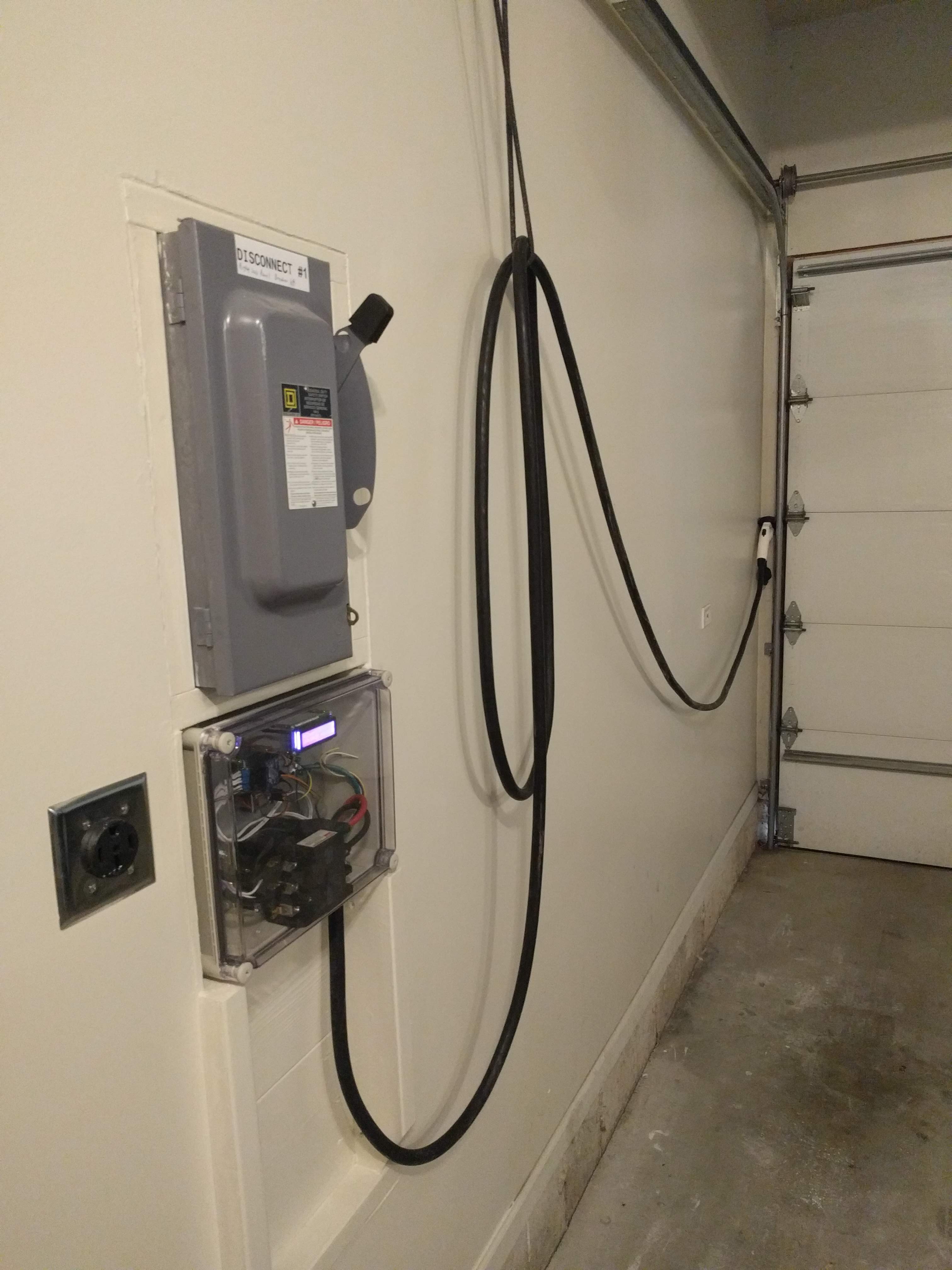I have a 2015 Tesla Model S 85. For some reason it defaults to 30 AMPs on the car charging screen even when I change it to the MAX of 40 AMPS even when the charge port is NOT connected. I have 50 AMPS circuit breaker.
Any suggestion to fox this problem?
In the car software, location matters for charging rate. If I had my station set to 25A the previous time the car was plugged in at a GPS location, it will default to 25A at that location the next time I pull up. Once I plug in it will then update to the current available from the station. If the car previously charged at 30A at your house, that is what it will show you before you plug in. So long as you didn't manually set that number at some point, if you manually set it to 30 in that location, then it will retain that because you manually overrode the car.
If the car is lowering the charging rate every night when you charge, it is doing that for a reason. Usually it is seeing some sort of voltage drops when it increases the current that scare it. I would contact an electrician, or, if your capable, check the torque on all of the connections in the path to your station and on the station itself. If it's plugged into an outlet, I would check that the outlet still feels tight on all the pins.
I have had this happen, and stuff was loose and getting hot. Left unfixed, bad things will happen.
I usually suggest to people that they bring the electrician back out after one year of use to go over the entire path and tighten everything back up again. Alternately the spring is also a good time to do this in places where it gets cold, because the thermal cycling on the connections loosens them much faster in the winter. I had to do this at my parents house last spring, and I had only charged there a few times over the previous year since the outlet was installed. One connection on the breaker was slightly loose, and one side of the outlet was scary loose. I didn't do that install, I paid a local electrician to do it, so I have no idea of the beginning torque. If you are doing this I suggest finding a proper torque measurement tool to accurately tighten these connections.



